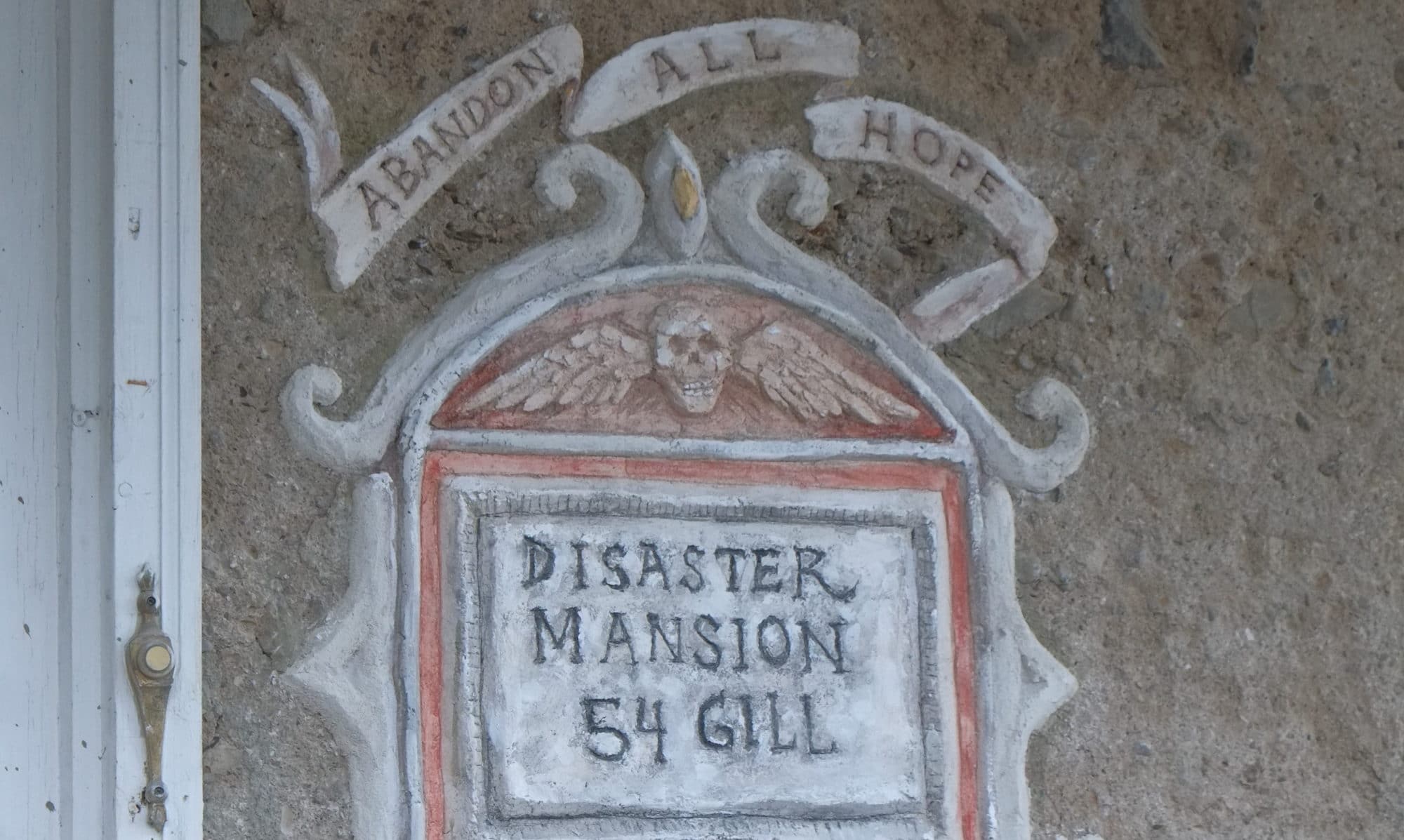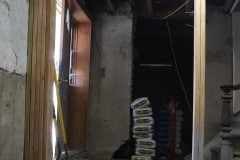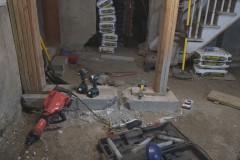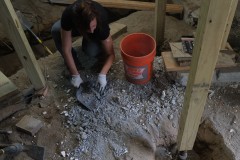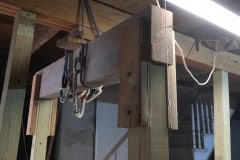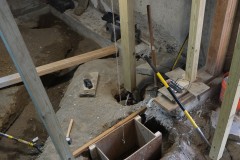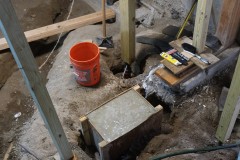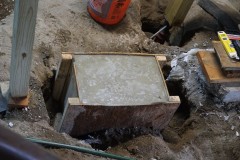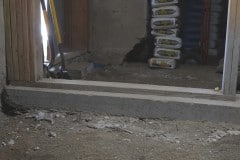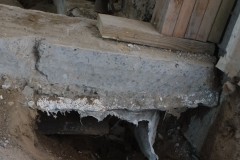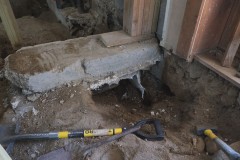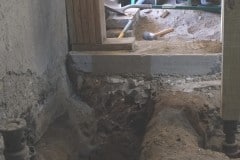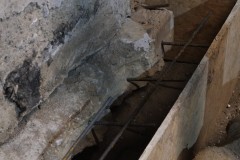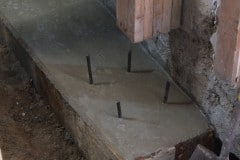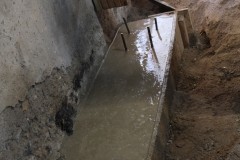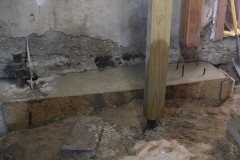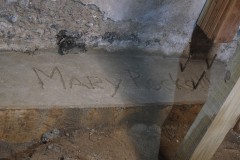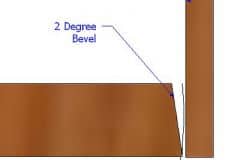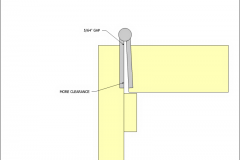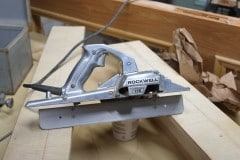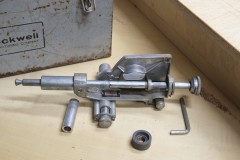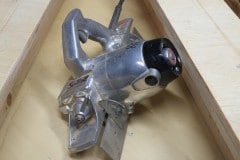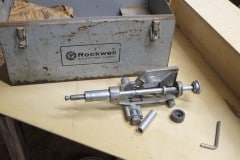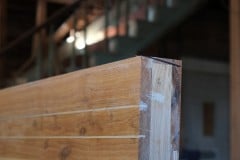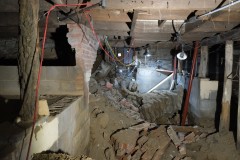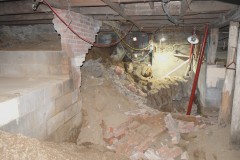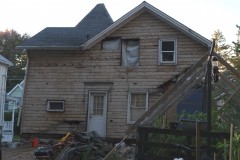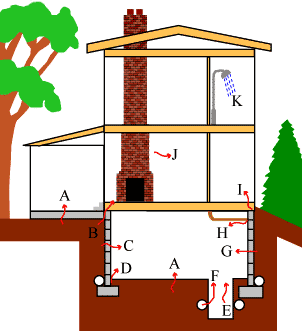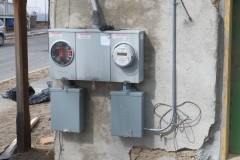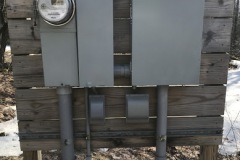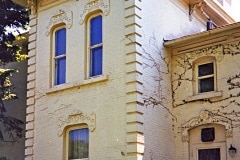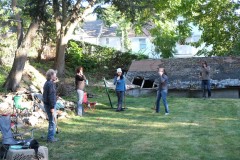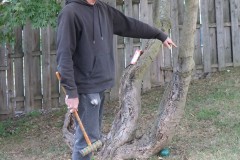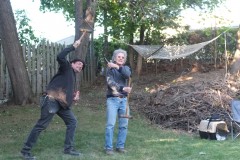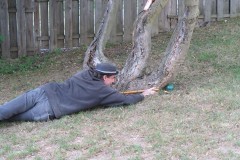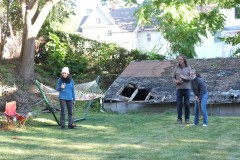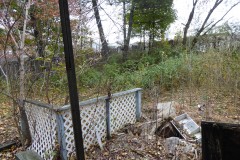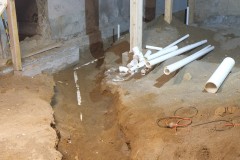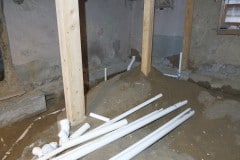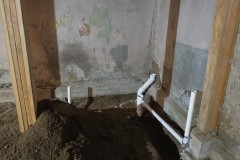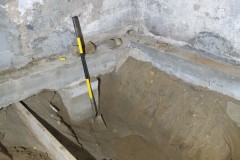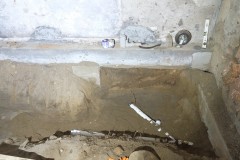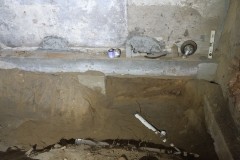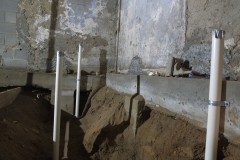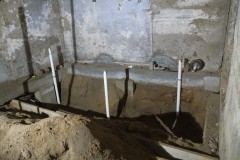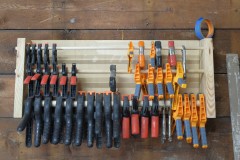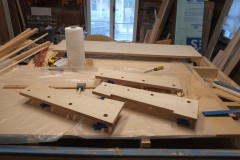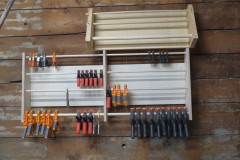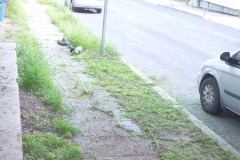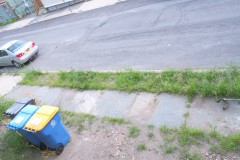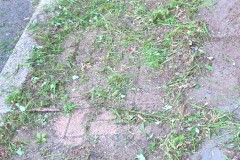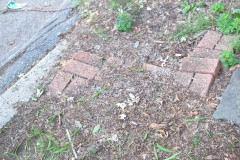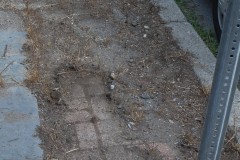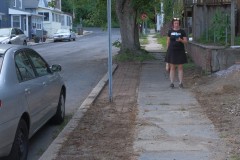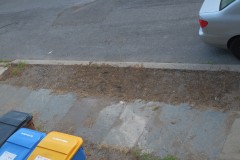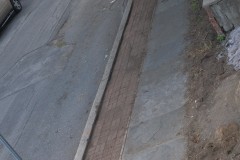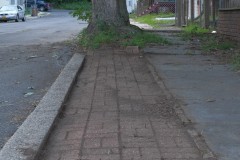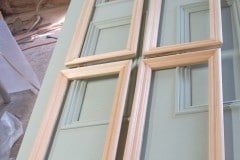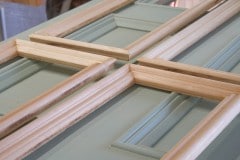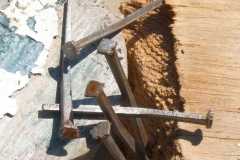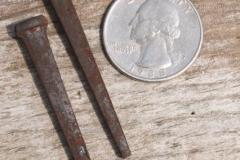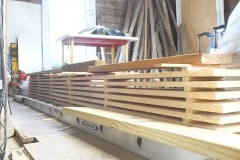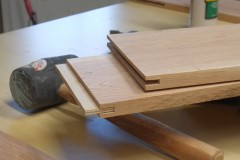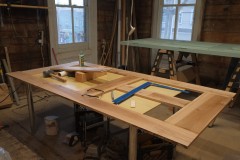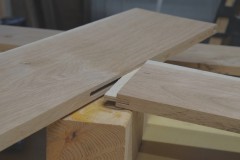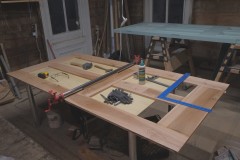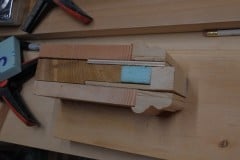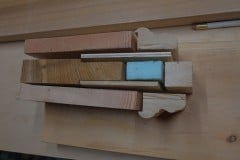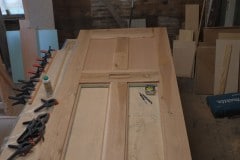Winter is coming and we’re scrambling to get a bunch of tasks done before it gets too cold. Our house has little protection from the cold which from a comfort point of view can fixed by wearing three pairs of socks, leggings and two pairs of gloves etc. but what you can’t do is change the chemical properties of cement, paints or glues which really can’t be used when temperatures approach freezing.
These last couple of weekends we’ve worked on replacing the last of our new pillars blocks which were already cracking and starting to subside. This is a link to the first pillar block we replaced back in May this year.
Once we have these new blocks in place we’ll only need a bit more plumbing and some electrical lines put down before we can fill in all the trenches and start to prep for a concrete pour in the spring.
When we replace a pillar support we first have to remove the existing pillar which is always a little nerve racking as these pillars are holding up a decent portion of the house. To prevent any damage to the house we add temporary bracing which as this is second time around, we’re a bit more comfortable doing it. It’s a bit of a struggle to get the temporary bracing in place and often involves some good choice words.
Like the first pillar block we’re using old cast iron railroad screw jacks which are perfect for the job. In case you’re wondering why they’re sitting in holes, it’s because the soil is pretty much sand and if we had placed them on top, then when we excavated for the new pillar blocks there’d be a good chance that the soil beneath the jacks, especially under load, would have caved in and that wouldn’t be good.
For the third block we also had the chance to continue our efforts at beefing up the existing footings. In places you could put your hand maybe 8″ under the walls so it was nice to get all this sorted out. We tied this new pour into the existing footings with epoxied rebar.
Would you believe it, no sooner had we finished the pour some one tagged it, thanks Mary, if that’s even your real name.
